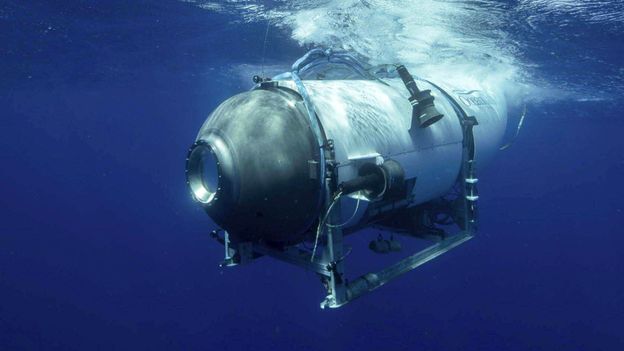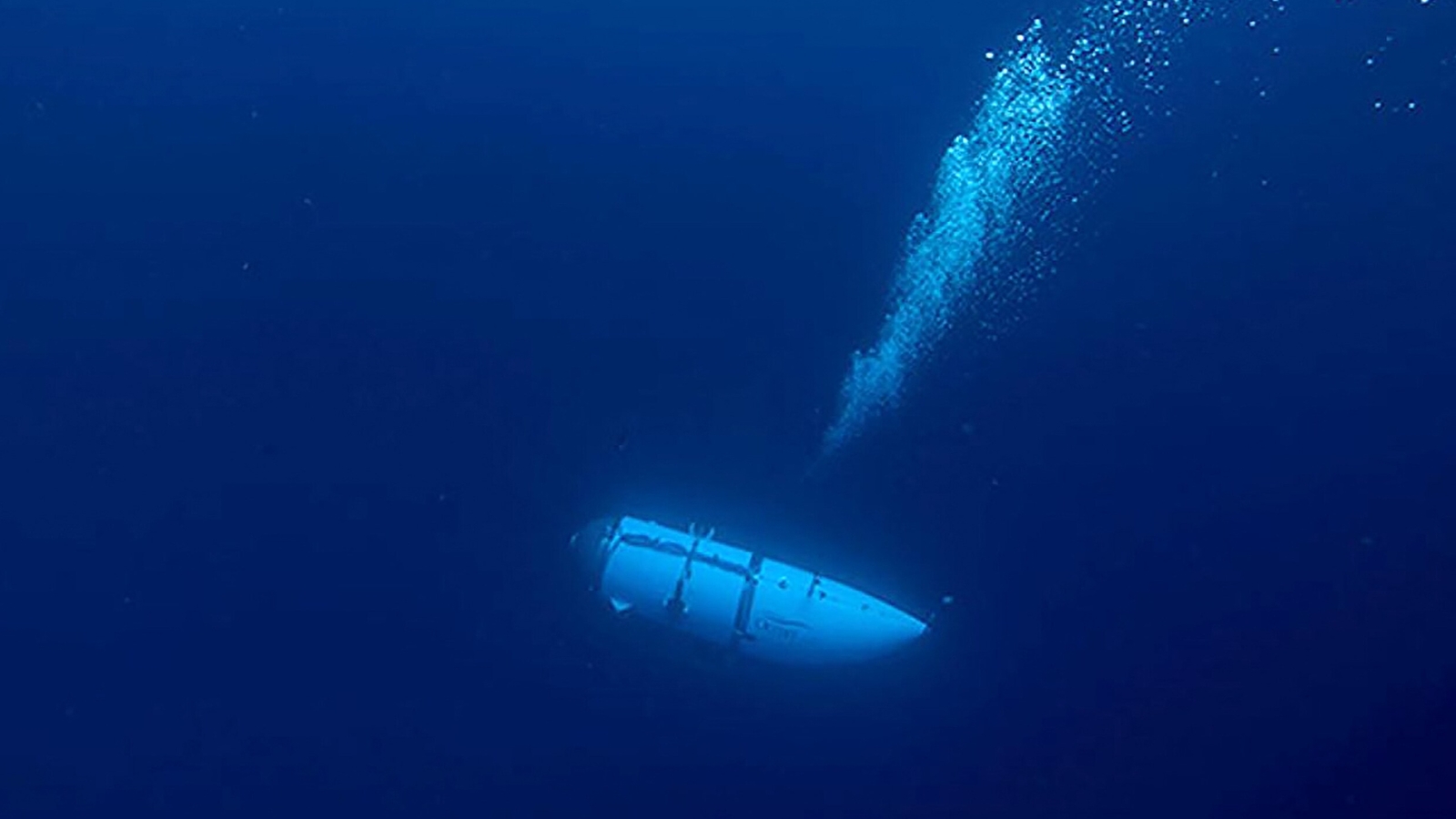Recovering the Titan 12,500 feet underwater was dangerous, complex, emotional
Associated PressEAST AURORA, N.Y. — When Edward Cassano and his colleagues arrived in the remote stretch of ocean where the Titan submersible had gone missing, they quickly learned that they would have to do what other deep-sea experts had already tried unsuccessfully: to find the lost sub in some of the most forbidding depths of the North Atlantic. They set to work deploying their own remotely operated vehicle, the Odysseus, from a ship with a giant “umbilical cord,” then lowered the behemoth to the ocean floor, a process that took about an hour and a half, Cassano said Friday at a news conference held at the suburban Buffalo headquarters of his company, Pelagic Research Services. Asked what he thought of the Titan’s voyage, Cassano said that, based on his own experience with a company that focuses on deep-sea research, he believes the crew was motivated by “a passion and a joy for exploration.” Pelagic has locations outside Buffalo and in Massachusetts. Its primary use is deep-sea science, but Pelagic Research “always knew that we’d be called at some point, and so we prepared the system for” rescue and recovery, Cassano said. Even after years of ROV use in science and industry, removing items from the ocean floor remains painstaking and difficult, said Andy Bowen, a principal engineer at Woods Hole who specializes in remotely operated submersibles.
History of this topic

Titan submersible scientific director says it malfunctioned just before Titanic dive
The HinduTitan submersible’s scientific director says the sub malfunctioned just prior to the Titanic dive
Associated Press
What the Titan failure has taught us about exploring the deep ocean
BBC
‘Dangerous, emotional…’: Titan sub rescue team leader recalls discovering debris
Hindustan Times
Recovering Titan with the Odysseus underwater robot was complex, dangerous, emotional
The Independent
Inside Titanic submarine: What was inside the submersible steered by a video game controller
The Independent
Bodies of missing Titanic sub passengers may never be recovered, Coast Guard says
The IndependentFollow the timeline of the Titan submersible’s journey from departure to tragic discovery
Associated Press
‘Like crushing a tiny can of soda’: How pressure under the sea caused the Titan submersible implosion
The Independent)
Titan submersible implodes, killing all five on board, says US Coast Guard
Firstpost
US Navy recorded the moment Titanic submersible imploded, was destroyed: Report
Hindustan Times
Titan submersible: Deep-sea robots' search continues. What we know so far
Hindustan Times
Titan destroyed? Debris found may be from missing submersible, report claims
Hindustan Times
‘Debris field= break-up of submersible’: Expert's shocking revelations on Titan
Hindustan Times
Titan submersible missing: These past deep-sea rescues highlight challenges in search op
Hindustan TimesPast deep sea rescues show the challenges of saving those on board
Associated Press
Titan submersible: As oxygen deadline nears, French robot joins search operation
Live Mint
Titan sub: How do surveillance planes spot ocean submersibles?
BBCThe latest on the Titan submersible tragedy and what’s next in the investigation
Associated PressDiscover Related





)



























